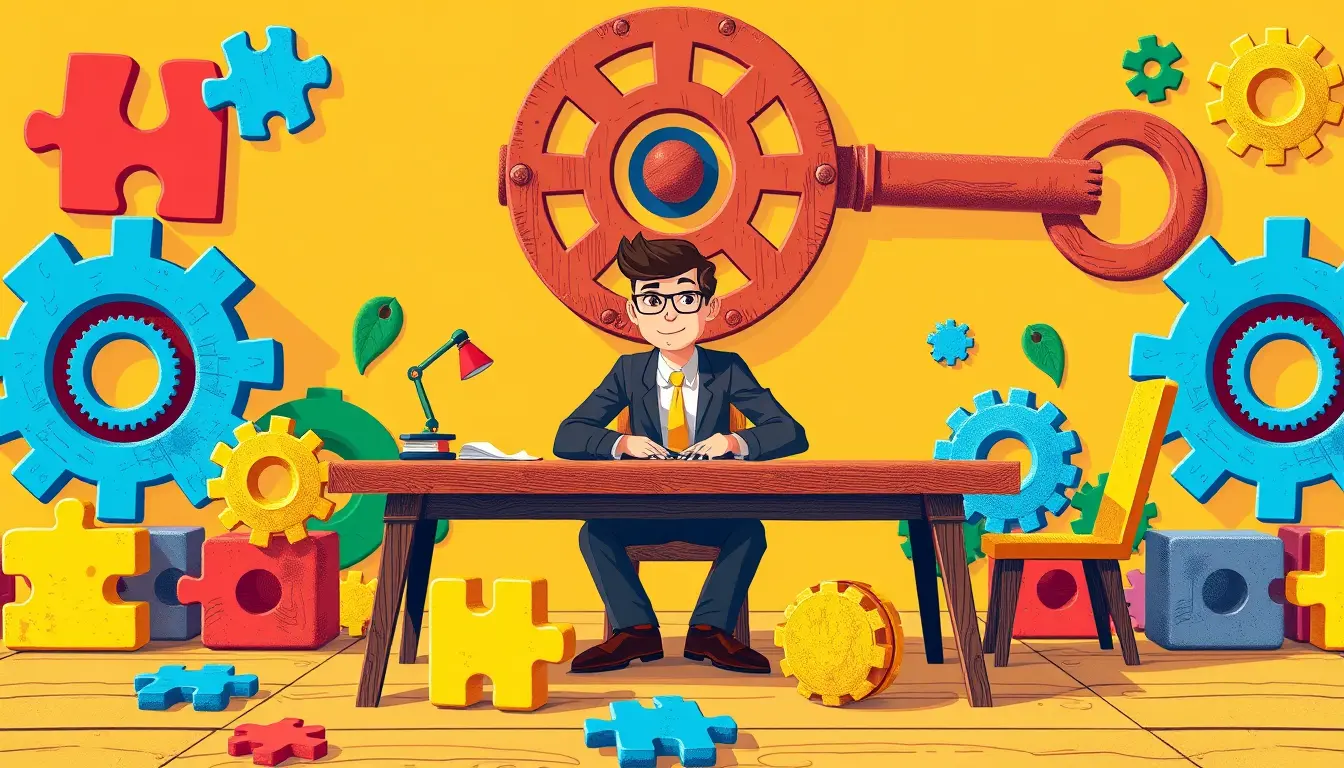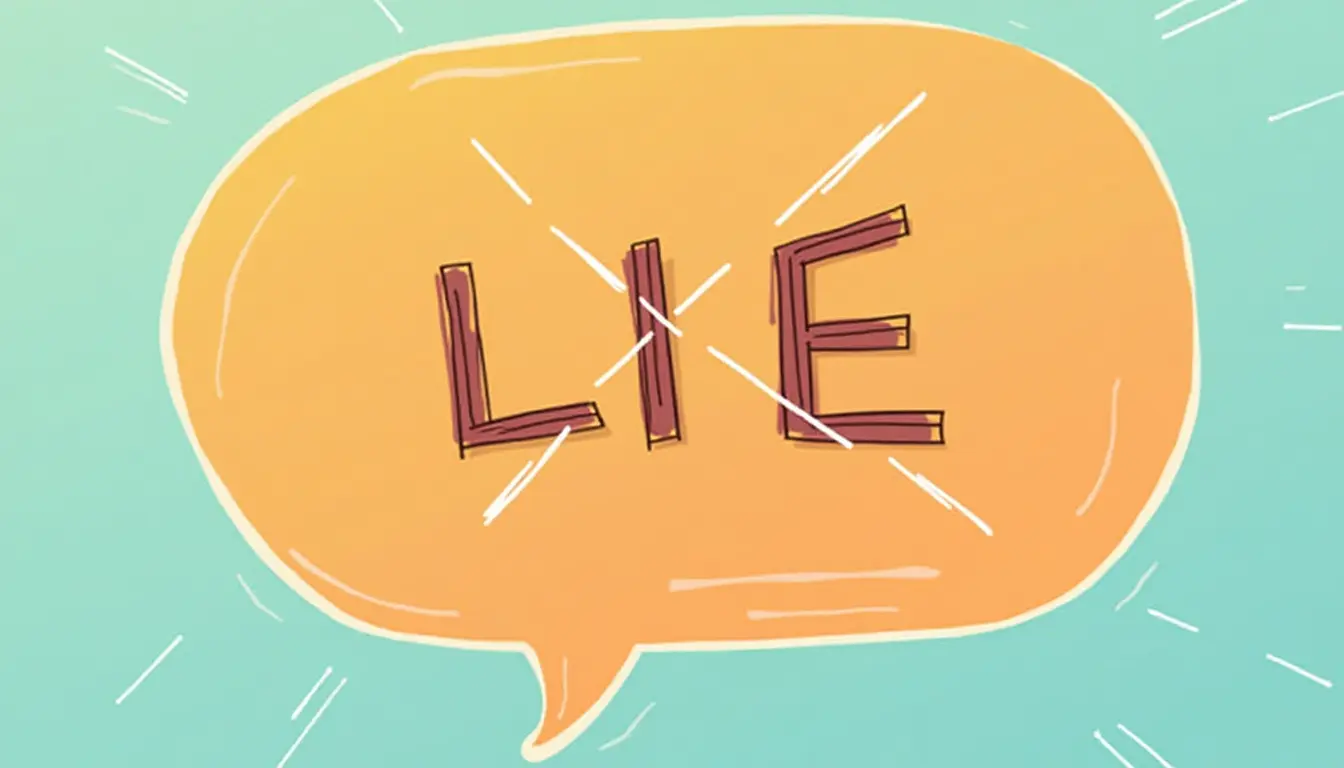The art of negotiation is a crucial aspect of business, and distributive bargaining is a common approach used in many industries. In this article, we’ll delve into the strategy and tactics of distributive bargaining, exploring its definition, benefits, and effective techniques to help you become a master negotiator.
What is Distributive Bargaining?
Distributive bargaining is a type of negotiation where one party tries to maximize their gains at the expense of the other party. It’s a competitive approach, where each side tries to get the best deal possible, often resulting in a win-lose outcome. This type of bargaining is commonly used in sales, real estate, and labor negotiations.
In distributive bargaining, the goal is to distribute a fixed pie, where one party’s gain is the other party’s loss. For example, in a salary negotiation, the employer may offer a lower salary, while the employee tries to negotiate a higher one. The outcome is a compromise, where one party may feel they’ve lost, while the other party feels they’ve won.
Benefits of Distributive Bargaining
Despite its competitive nature, distributive bargaining has its advantages:
-
Efficient use of resources: Distributive bargaining encourages parties to think creatively and find ways to maximize their gains, leading to more efficient use of resources.
-
Improved negotiation skills: Practicing distributive bargaining helps develop essential negotiation skills, such as communication, persuasion, and conflict resolution.
-
Time-saving: Distributive bargaining can be a quick and efficient way to reach an agreement, as parties focus on their goals and try to find a mutually acceptable solution.
Preparation is Key
Before entering into a distributive bargaining negotiation, it’s essential to prepare thoroughly. Here are some tips to help you prepare:
-
Know your goals: Clearly define your objectives and what you’re willing to compromise on.
-
Gather information: Research the other party’s goals, needs, and limitations to better understand their perspective.
-
Develop a strategy: Plan your negotiation approach, including your opening offer, concessions, and walk-away point.
Effective Tactics in Distributive Bargaining
To succeed in distributive bargaining, you need to employ effective tactics. Here are some strategies to help you negotiate like a pro:
-
Make a strong opening offer: Start with a bold, yet realistic, opening offer to set the tone for the negotiation.
-
Use time to your advantage: Take time to think before responding to an offer or counteroffer, and use silence to your advantage.
-
Look for creative solutions: Think outside the box and explore alternative solutions that benefit both parties.
-
Use objective criteria: Rely on facts, data, and industry standards to support your arguments and build credibility.
Common Mistakes to Avoid
Distributive bargaining can be challenging, and mistakes can be costly. Here are some common errors to avoid:
-
Making concessions too quickly: Don’t give in too easily, as this can undermine your bargaining power.
-
Being too rigid: Be flexible and open to compromise to reach a mutually beneficial agreement.
-
Lack of communication: Ensure you communicate clearly and effectively to avoid misunderstandings and misinterpretations.
Distributive Bargaining in Real-Life Scenarios
Distributive bargaining is used in various real-life scenarios, including:
-
Salary negotiations: Employees negotiate their salary with employers, trying to maximize their earnings.
-
Business deals: Companies negotiate contracts, prices, and terms with suppliers, customers, or partners.
-
Labor disputes: Unions and employers negotiate collective bargaining agreements, including wages, benefits, and working conditions.
Overcoming Challenges
Distributive bargaining can be a complex and challenging process. Here are some tips to help you overcome common obstacles:
-
Stay calm and patient: Keep your emotions in check and remain patient, even in the face of adversity.
-
Be transparent and honest: Build trust by being open and honest about your goals and limitations.
-
Seek expert advice: Consult with experienced negotiators or experts in the field to gain valuable insights and guidance.
FAQ
What is the difference between distributive bargaining and integrative bargaining?
Distributive bargaining focuses on dividing a fixed pie, where one party’s gain is the other party’s loss. Integrative bargaining, on the other hand, aims to create a mutually beneficial agreement, where both parties gain.
Can distributive bargaining be used in personal relationships?
While distributive bargaining is commonly used in business and professional settings, it can also be applied in personal relationships, such as negotiating with a partner or family member. However, it’s essential to approach these situations with empathy and understanding to maintain healthy relationships.
How can I improve my distributive bargaining skills?
Practice, practice, practice! The more you negotiate, the more comfortable you’ll become with distributive bargaining. Additionally, seek feedback from others, read books and articles on negotiation, and take courses to improve your skills.
Conclusion
Distributive bargaining is a valuable skill that can help you achieve your goals in business and personal negotiations. By understanding the strategy and tactics of distributive bargaining, you can become a more effective and confident negotiator. Remember to prepare thoroughly, employ effective tactics, and avoid common mistakes to get the best possible outcome. With practice and patience, you’ll master the art of distributive bargaining and reap the rewards of successful negotiations.







Leave a Reply